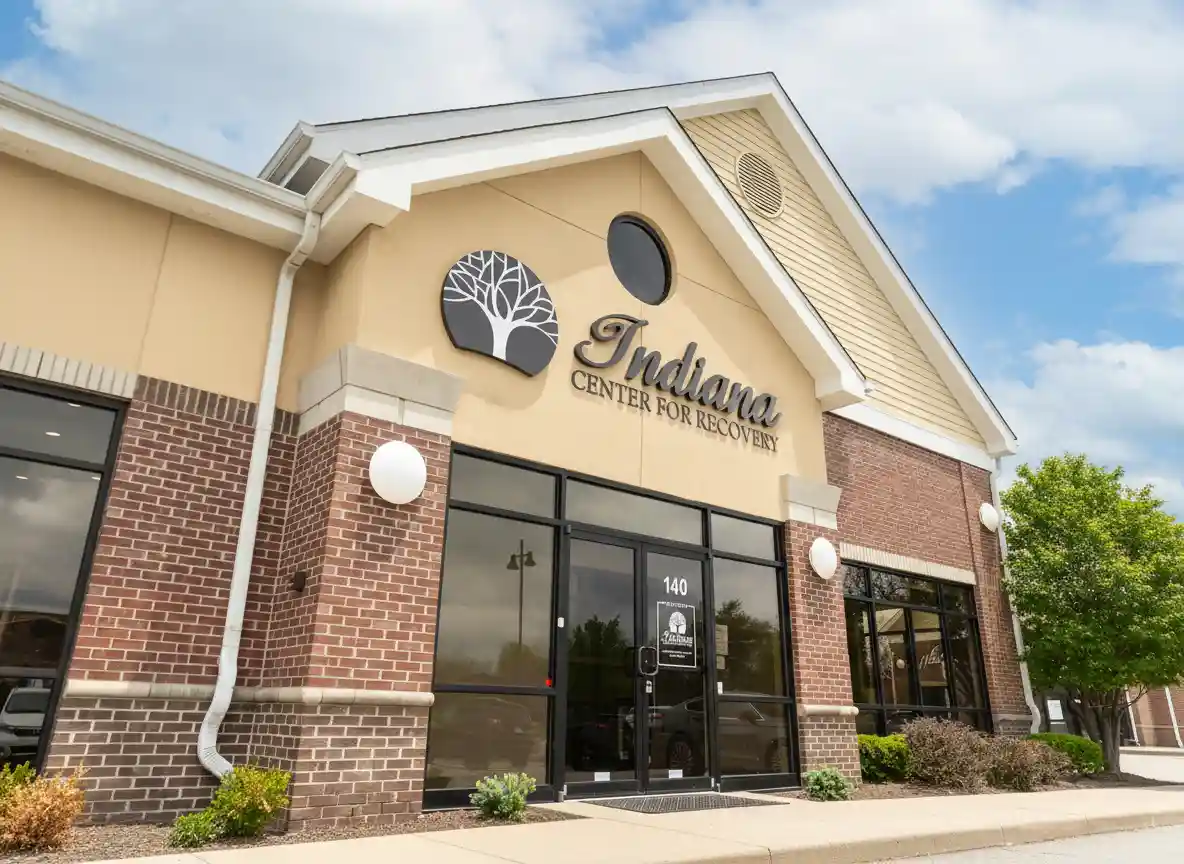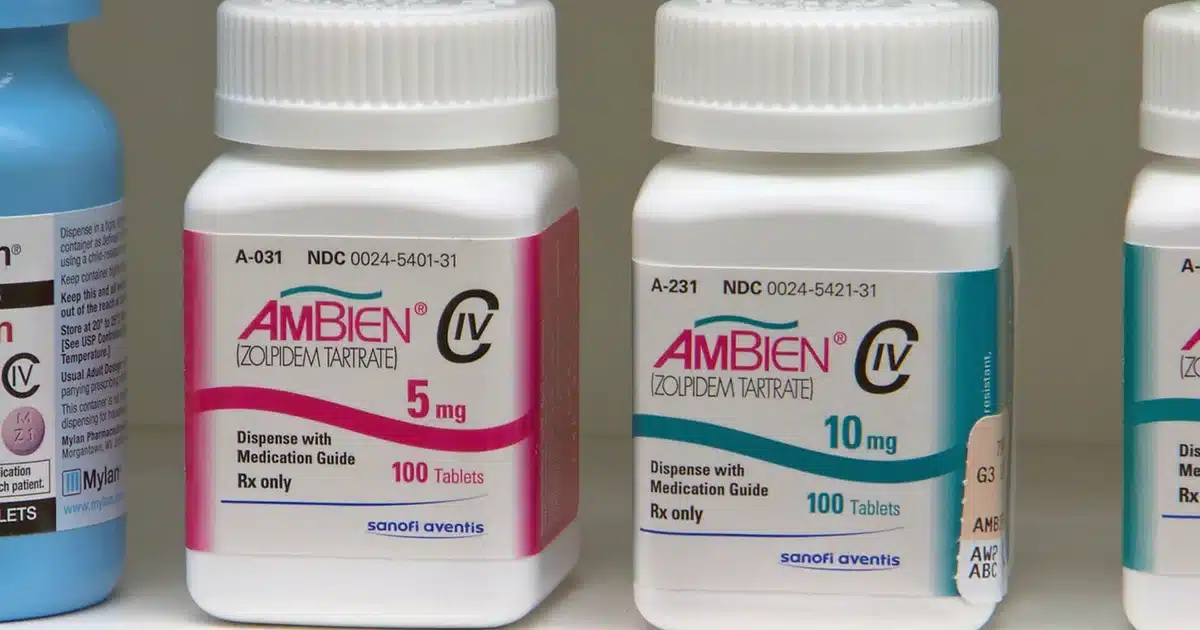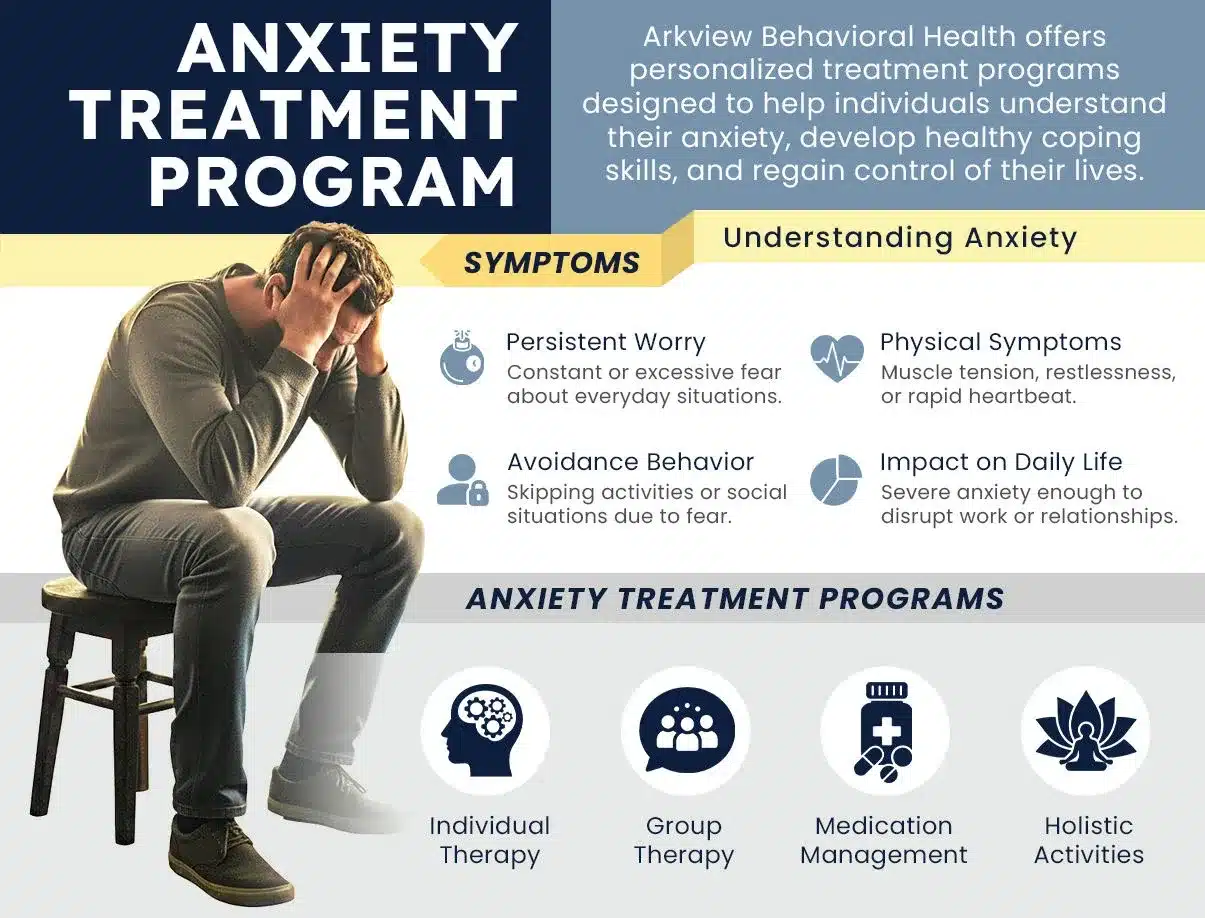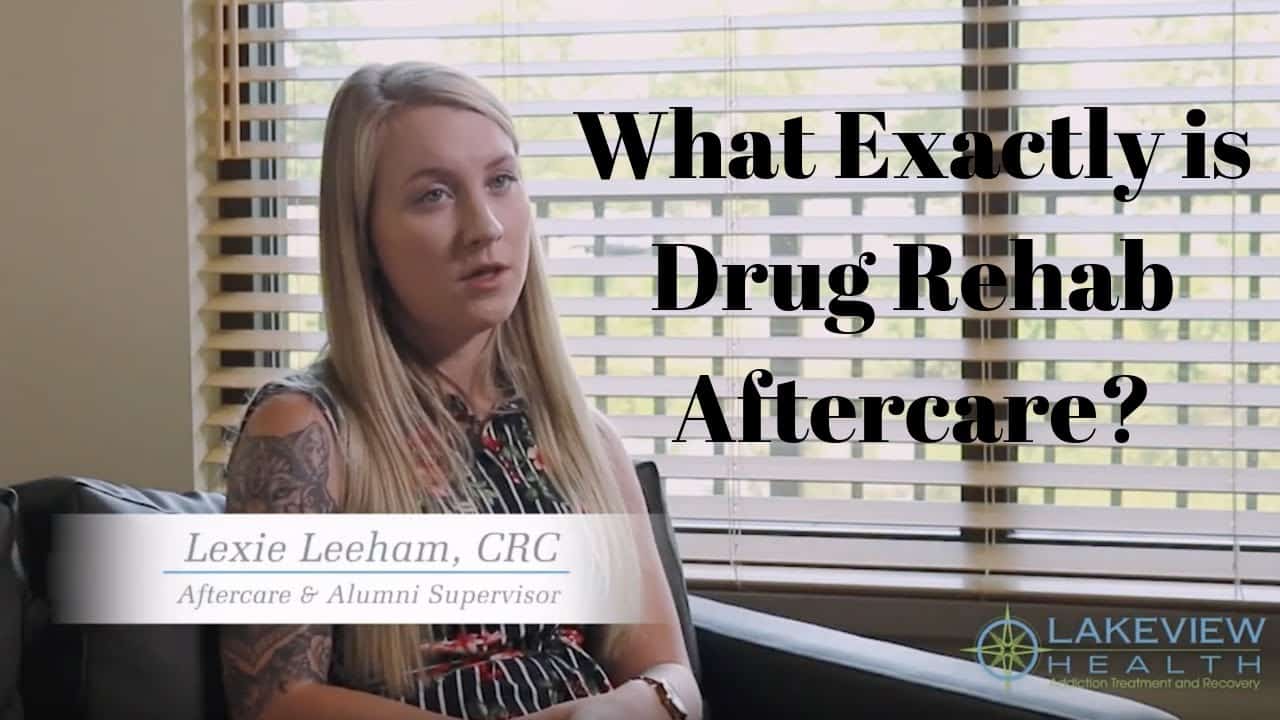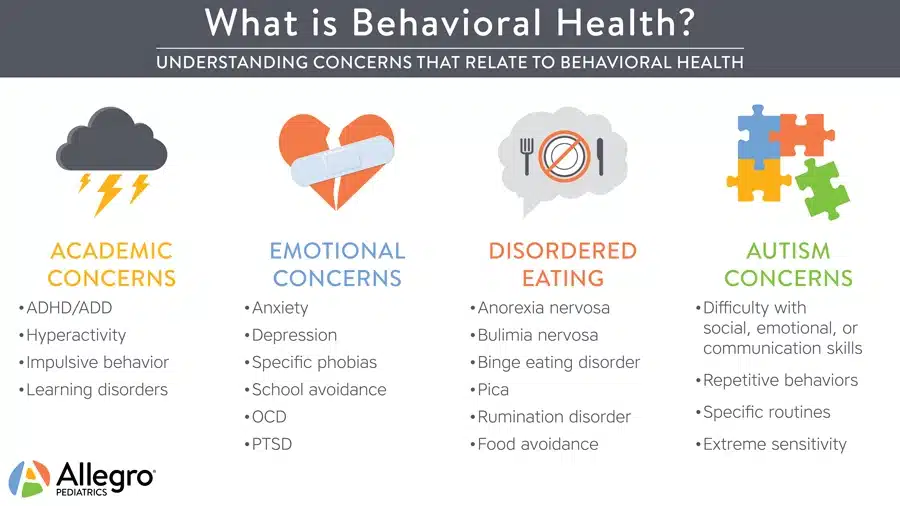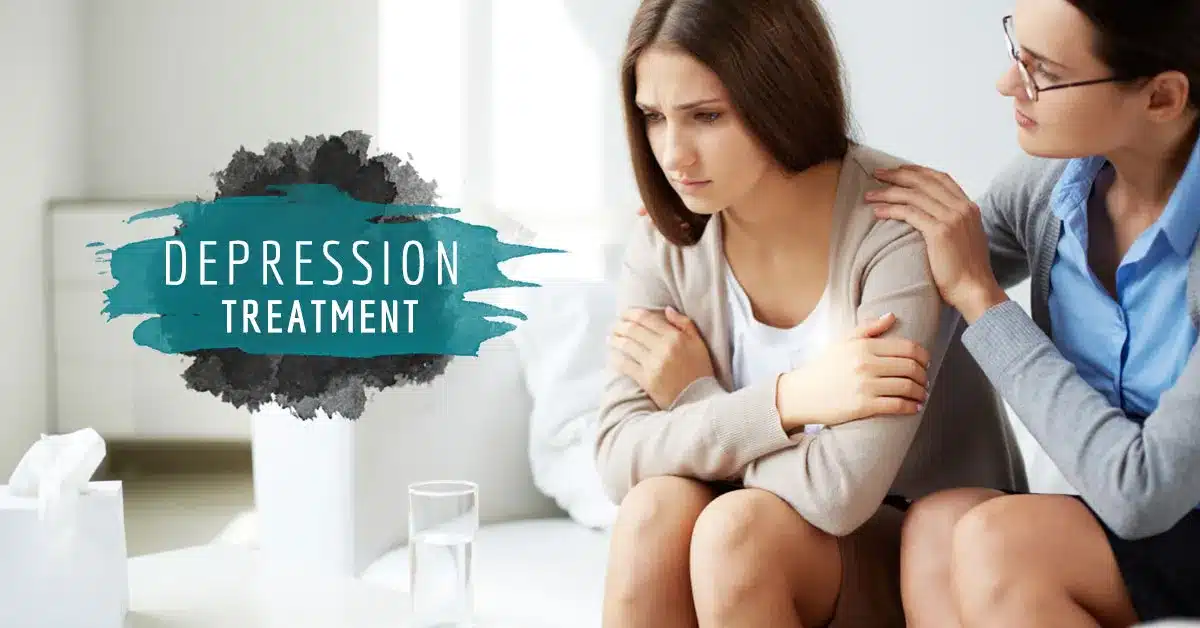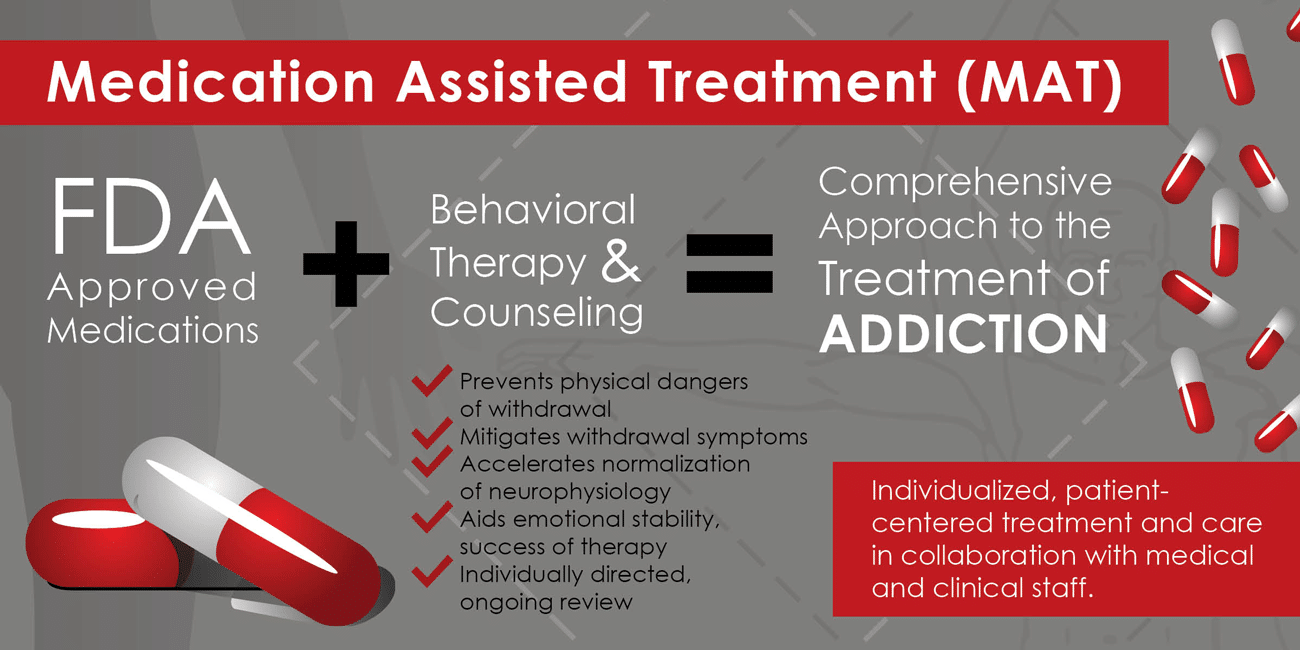
Understanding Medically Assisted Treatment: A Lifeline for Recovery
Medically assisted treatment combines FDA-approved medications with counseling and behavioral therapies to treat substance use disorders, particularly opioid and alcohol addiction. Here’s what you need to know:
What MAT Does:
- Normalizes brain chemistry affected by addiction
- Relieves withdrawal symptoms and reduces cravings
- Blocks the euphoric effects of substances
- Provides a “whole-patient” approach to recovery
Key Components:
- Medication – FDA-approved drugs that manage physical symptoms
- Counseling – Professional therapy to address psychological factors
- Behavioral Support – Strategies and lifestyle changes for long-term recovery
If you or someone you love is struggling with addiction, understanding that MAT is not substituting one drug for another is crucial. Instead, these medications restore balance to brain circuits affected by addiction, allowing healing while working toward recovery—much like taking medication for diabetes while making lifestyle changes.
Research shows that MAT significantly increases survival rates, improves treatment retention, decreases criminal activity, and helps people return to work and family life. The medications used are approved by the Food and Drug Administration and, when provided at proper doses, have no adverse effects on intelligence, mental capability, or physical functioning.
At Addiction Helpline America, we’ve helped countless individuals and families steer the path to recovery through evidence-based approaches, including medically assisted treatment. Our team of experienced addiction specialists understands that choosing the right treatment can feel overwhelming, which is why we’re here to provide compassionate, confidential guidance every step of the way.

Medically assisted treatment basics:
How MAT Works for Opioid and Alcohol Use Disorders
When addiction takes hold, it fundamentally changes brain chemistry. Medically assisted treatment helps reverse those changes, offering real hope for recovery. It’s a proven, effective treatment for both Opioid Use Disorder (OUD), which includes addiction to heroin and prescription painkillers, and Alcohol Use Disorder (AUD).
MAT medications work on several fronts to support recovery:
- Normalize Brain Chemistry: Addiction rewires the brain’s reward pathways. MAT medications help restore balance, allowing the brain to heal and function more normally.
- Relieve Cravings: They significantly reduce the intense, physical cravings that can make recovery feel impossible, giving you the mental space to focus on healing.
- Block Euphoric Effects: For opioid addiction, some medications block the “high,” removing the incentive for use and helping to break the cycle of addiction.
- Prevent Withdrawal: MAT provides a safe, controlled way to manage the often severe physical and psychological symptoms of withdrawal, preventing a common cause of relapse.
This comprehensive approach provides the stability needed to fully engage in the counseling and behavioral therapies that are crucial for long-term success.
Medications Commonly Used in MAT
The medications used in medically assisted treatment are FDA-approved and play specific roles in supporting recovery.
For Opioid Use Disorder (OUD):
- Methadone: A long-acting medication that prevents withdrawal and reduces cravings. It’s typically dispensed daily at specialized opioid treatment programs (OTPs). You can find one using the Opioid Treatment Program Directory.
- Buprenorphine: A partial opioid agonist that reduces or completely eliminates withdrawal symptoms and cravings. It can be prescribed by certified doctors in an office setting, increasing accessibility. It’s often combined with naloxone (as in Suboxone) to discourage misuse.
- Naltrexone: A non-addictive medication that blocks the effects of opioids entirely. It comes as a daily pill or a monthly injection. A person must be fully detoxed from opioids before starting naltrexone to avoid severe withdrawal symptoms.
For Alcohol Use Disorder (AUD):
- Acamprosate: Helps people who’ve stopped drinking stay sober by reducing post-acute withdrawal symptoms like anxiety and insomnia.
- Disulfiram: Creates an unpleasant physical reaction (nausea, vomiting, flushing) if alcohol is consumed, acting as a deterrent.
- Naltrexone: Also used for AUD, it blocks the rewarding effects of drinking, which helps reduce cravings. For more detailed information, SAMHSA’s Medication for the Treatment of Alcohol Use Disorder: A Brief Guide is an excellent resource.
These medications are most effective as part of a complete treatment plan that includes counseling and behavioral support. That’s what makes medically assisted treatment so effective—it addresses both the physical and emotional sides of addiction.
At Addiction Helpline America, we understand that choosing the right medication and treatment approach can feel overwhelming. Our team helps connect you with programs that offer comprehensive MAT services customized to your specific situation. Recovery is possible, and you don’t have to figure it all out alone.
The Science and Safety of Medically Assisted Treatment
When considering treatment options, it’s natural to have questions about safety and effectiveness. Medically assisted treatment is a well-researched approach backed by decades of scientific evidence and recognized by leading health organizations, including the World Health Organization and the FDA.
How MAT Medications Work
Addiction physically changes the brain’s chemistry, especially in areas that control reward and decision-making. MAT medications work by targeting these same brain pathways to:
- Restore Chemical Balance: Medications like methadone (a full agonist) and buprenorphine (a partial agonist) activate opioid receptors just enough to stop withdrawal and cravings without producing a high. Naltrexone (an antagonist) blocks these receptors entirely, preventing opioids from having an effect.
- Reduce Overdose Risk: By stabilizing individuals and reducing the use of illicit drugs, MAT significantly lowers the chances of a fatal overdose.
- Diminish Drug Effects: These medications either block the euphoric effects of opioids and alcohol or reduce the physical need for them, giving individuals the mental clarity to focus on their recovery.
Are MAT Medications Safe and Effective?
Yes. The medications used in MAT are FDA-approved and have a long history of safe use when prescribed and monitored by a healthcare professional. Clinical studies consistently show that MAT leads to:
- Increased patient survival rates
- Longer retention in treatment programs
- Decreased illicit drug use and related criminal activity
- Improved ability to gain and maintain employment
A common concern is whether these medications impair daily functioning. When taken as prescribed, medications used in MAT have no adverse effects on a person’s intelligence, mental capability, or physical functioning. In fact, they often improve these areas by freeing people from the constant distraction and physical toll of addiction. The proper dosage doesn’t impair you—it helps you become more of who you really are, without addiction calling the shots.
At Addiction Helpline America, we’ve seen how medically assisted treatment transforms lives. The science is clear, the safety is established, and the results speak for themselves. These medications, combined with counseling and behavioral support, offer a proven pathway to recovery—one that’s grounded in compassion, backed by research, and focused on helping people reclaim their lives.
The “Whole-Patient” Approach: Combining Medication with Therapy
Medication alone isn’t enough for lasting recovery. The most effective medically assisted treatment programs use a “whole-patient” approach, combining medication with counseling and behavioral support. This strategy recognizes that addiction affects every part of a person’s life, from their mental health to their relationships and daily responsibilities.

While medication stabilizes your brain chemistry and quiets relentless cravings, therapy is where you learn why you turned to substances in the first place. It provides a safe space to address underlying issues like trauma, anxiety, or depression. Counseling also equips you with practical tools to handle triggers, rebuild relationships, and develop healthier coping mechanisms. Many people struggling with addiction also face co-occurring mental health conditions like depression or PTSD, and integrated care that addresses both is crucial for lasting recovery.
Tailoring Medically Assisted Treatment to Individual Needs
Your story is unique, and your treatment should be too. There’s no one-size-fits-all approach to medically assisted treatment. Effective MAT programs begin with a thorough assessment of your medical history, the severity of your substance use, and your personal goals to create a custom plan.
The duration of MAT varies. Some people may only need medication for a few months, while others may benefit from it for years, or even indefinitely, similar to managing other chronic diseases. This decision is always made in collaboration with your healthcare provider, based on your progress and well-being. When it’s time to stop, the medication is tapered off slowly and safely.
Key Behavioral Therapies Used in MAT
The therapy component of medically assisted treatment uses proven methods to help you build a life free from substance dependence.
- Cognitive Behavioral Therapy (CBT): Teaches you to recognize and change the negative thought patterns and behaviors that lead to substance use.
- Contingency Management (CM): Uses positive reinforcement, like small rewards, to encourage healthy behaviors and treatment milestones.
- Group Therapy: Provides a supportive environment where you can connect with peers who understand your struggles and share experiences.
- Peer Support Services: Connects you with a mentor who has successfully steerd their own recovery, offering invaluable guidance and hope.
By combining these therapies with medication, MAT addresses both the physical and psychological aspects of addiction. The medication provides the stability needed to fully engage in therapy, allowing you to build the skills for a lasting recovery.
Debunking Common Myths About MAT
Despite its proven effectiveness, medically assisted treatment often faces misunderstanding and stigma. At Addiction Helpline America, we believe it’s crucial to address these common misconceptions head-on, so individuals can make informed decisions about their recovery journey.
Here’s a look at some common myths and the reality of MAT:
| Common MAT Myth | Reality |
|---|---|
| Myth: MAT is just trading one addiction for another. | Reality: MAT uses FDA-approved medications to normalize brain chemistry and reduce cravings, not to produce a high. It’s a medical treatment that helps manage a chronic disease, similar to using insulin for diabetes. |
| Myth: MAT is only for “hardcore” addicts. | Reality: MAT is a valuable option for anyone with a substance use disorder, regardless of severity. It can be an effective early intervention to prevent the progression of addiction. The decision to use MAT is a medical one made between a patient and their doctor. |
| Myth: MAT is a short-term fix. | Reality: The duration of MAT is custom to the individual. For some, it may be a few months; for others, it can be a long-term or even lifelong treatment to manage a chronic disease. |
| Myth: MAT medications are just as dangerous as street drugs. | Reality: The medications used in MAT are FDA-approved and prescribed by medical professionals. When taken as directed, they are safe and do not produce the harmful effects of illicit drug use. They are designed to stabilize, not intoxicate. |
| Myth: You’re not “truly” sober if you’re on MAT. | Reality: This is a harmful stigma. MAT is a legitimate, evidence-based medical treatment that helps individuals stop using illicit drugs, reduce harm, and rebuild their lives. Success in recovery is about improved health and well-being, not just total abstinence from all medications. |
Finding MAT Programs and Getting Help
When you’re ready to take the next step toward recovery, finding the right medically assisted treatment program might feel overwhelming. But you don’t have to figure this out alone. At Addiction Helpline America, we help people connect with the care they need, and we’re here to guide you through every step of this journey.
Medically assisted treatment is available in more places than you might think, which means you have options that can fit your life and circumstances. Your primary care physician might be able to prescribe medications like buprenorphine right in their office. Specialized treatment programs offer comprehensive care with on-site counseling and behavioral therapies. And Opioid Treatment Programs (OTPs) are highly regulated clinics that provide daily supervised medication (particularly for methadone) along with a full range of therapeutic services.
We know that worrying about cost can stop people from seeking help. The good news is that most health insurance plans, including Medicaid, now cover at least a portion of MAT. The Mental Health Parity and Addiction Equity Act requires group health insurance plans to provide similar benefits for substance use disorders as they do for medical care. We recommend calling your insurance provider to understand your coverage—and if you need help navigating that conversation, we’re here for you.

How to Find Medically Assisted Treatment Services
Finding the right MAT service starts with knowing where to look. At Addiction Helpline America, we offer free, confidential, and personalized guidance to connect you with addiction and mental health treatment centers from our vast network across the country. You can call us anytime to discuss your needs and what matters most to you in a treatment program.
Beyond our services, several official government resources can help you locate providers in your area. SAMHSA’s National Helpline at 1-800-662-HELP (4357) provides confidential, free support 24/7. SAMHSA also maintains an Opioid Treatment Program Directory and a Buprenorphine Practitioner Locator to find doctors who can prescribe buprenorphine.
Your state health department can also be a valuable resource. For example, the California Department of Health Care Services and the Ohio Department of Mental Health and Addiction Services both offer directories and information about local MAT providers.
When you’re evaluating programs, ask about their aftercare services. Continuing support after initial treatment significantly increases your chances of maintaining sobriety long-term.
Emergency Resources and Support
If you or someone you care about is experiencing an overdose or acute distress, immediate help is available.
The 988 Suicide & Crisis Lifeline connects you with trained counselors 24/7. You can call or text 988, or chat online at 988 Suicide & Crisis Lifeline. For veterans and service members, the Veterans Crisis Line offers specialized, confidential support around the clock.
Naloxone is an opioid overdose reversal medication that saves lives. Everyone should know how to recognize an overdose and how to access naloxone. You can learn more about overdose prevention and safe medication practices from the CDC and FDA.
Remember: reaching out for help is never a sign of weakness. It’s a sign of courage, and it’s the first step toward the life you deserve. Whether you need information, resources, or just someone to talk to who understands, we’re here for you.
Frequently Asked Questions About Medically Assisted Treatment
We frequently encounter questions about medically assisted treatment, and we’re here to provide clear, evidence-based answers to help you understand this vital treatment option.
What is Medications for Addiction Treatment (MAT)?
MAT, or Medically Assisted Treatment, is the use of FDA-approved medications combined with counseling and behavioral therapies. This “whole-patient” approach treats substance use disorders by normalizing brain chemistry, relieving cravings, and blocking the euphoric effects of drugs, allowing for sustained recovery.
How long does MAT last?
The duration of medically assisted treatment is highly individualized and depends on factors like the severity of the addiction, clinical recommendations, and patient progress. Treatment can last for a few months, several years, or indefinitely, similar to managing other chronic health conditions like diabetes. Any decision to change or stop medication should be made with a healthcare provider.
Does MAT impact a person’s ability to work or function?
No. When taken as prescribed, medically assisted treatment has no adverse effects on a person’s intelligence, mental capability, or physical functioning. By managing cravings and withdrawal, MAT helps individuals regain stability, improve their ability to work, and engage more fully in their daily lives.
Is MAT just for opioid addiction?
While widely used for Opioid Use Disorder (OUD), MAT is also a highly effective, FDA-approved treatment for Alcohol Use Disorder (AUD). Medications like acamprosate, disulfiram, and naltrexone are used to help people manage alcohol dependence and prevent relapse.
Conclusion: Taking the First Step Towards Recovery
The journey to recovery from substance use disorder is deeply personal, yet you don’t have to walk it alone. Medically assisted treatment offers a guide of hope, combining the power of FDA-approved medications with compassionate counseling and behavioral therapies to provide a holistic, whole-person path to healing. It’s a scientifically proven approach that normalizes brain chemistry, reduces cravings, prevents withdrawal, and empowers individuals to rebuild their lives.
At Addiction Helpline America, we understand the courage it takes to seek help. We are here to offer free, confidential, and personalized guidance, connecting you with the right MAT programs and treatment centers from our vast network across the United States. Our goal is to ensure you find a program that truly meets your unique needs, helping you take that crucial first step towards a healthier, happier future.
If you’re ready to accept a life free from addiction, let us help you find the support you deserve.
Find a personalized drug rehab program
Our helpline is 100%
free & confidential
If you or someone you care about is struggling with drug or alcohol addiction, we can help you explore your recovery options. Don’t face this challenge alone—seek support from us.
Programs
Resources
Will my insurance
cover addiction
treatment?
We're ready to help
Find the best
drug or alcohol treatment
center
Are you or a loved one struggling with addiction? Call today to speak to a treatment expert.




